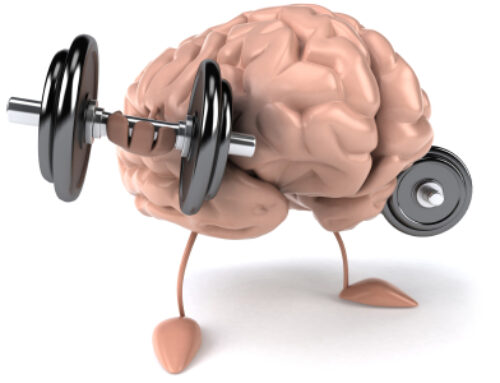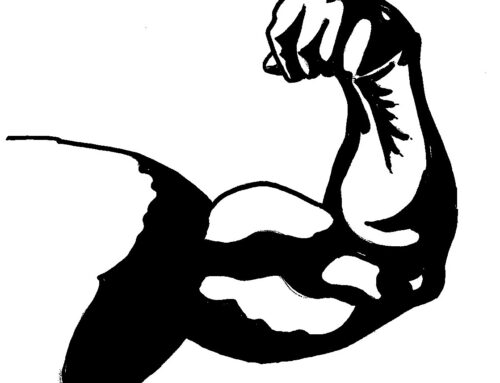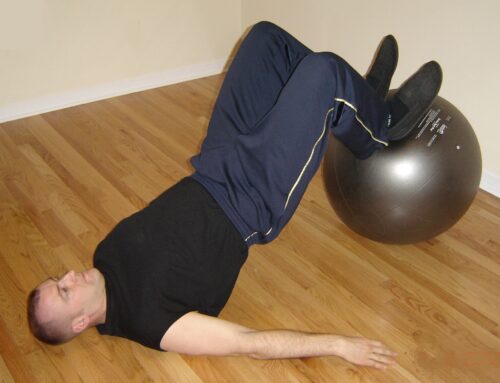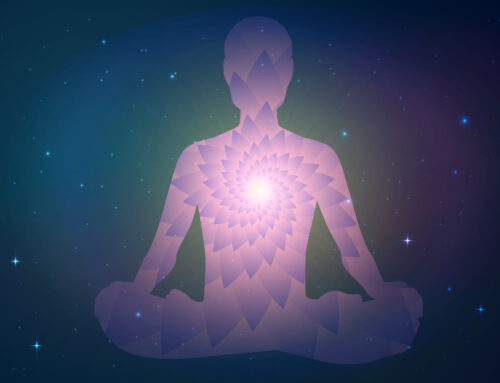Are you suffering from sciatica? Know all about it here and find how to reduce your pain. Sciatica is defined as the pain caused in the lower extremity resulting from irritation of the sciatic nerve. The pain of sciatica is felt from the low back that is the lumbar area to behind the thigh and can radiate down below the knee. The root cause of this pain is irritation of sciatic nerve, which is the largest nerve in body. It begins from nerve roots in the lumbar spinal cord in the low back and extends through the buttock area to send nerve endings down the lower limb.
1. Causes
While sciatica is most commonly a result of a lumbar disc herniation directly pressing on the nerve, any cause of irritation or inflammation of the sciatic nerve can produce the symptoms of sciatica. This irritation of nerves because of an abnormal intervertebral disc is referred to as radiculopathy. Apart from these reasons, other causes of sciatica include nerve irritation due to adjacent bone, tumors, internal bleeding, pregnancy, infections etc.
2. Risk Factors
Risk factors for sciatica include degenerative arthritis of the lumbar spine, lumbar disc disease, and slipped disc.
3. Symptoms
Sciatica causes pain, a burning sensation, numbness, or tingling radiating from the lower back and upper buttock down the back of the thigh to the back of the leg. The result is lumbar pain, buttock pain, hip pain, and leg
pain. Sometimes the symptoms of sciatica are aggravated by walking or bending at the waist and relieved by lying down.
4. How is sciatica diagnosed?
Sciatica is diagnosed with a physical exam and medical history. Sometimes, X-rays and other tests, such as CT scan, MRI scan, and electromyogram are used to define the exact causes of sciatica.
5. Sciatica treatments
Medications
The types of drugs that might be prescribed for sciatica pain include:
- Anti-inflammatories
- Muscle relaxants
- Narcotics
- Tricyclic antidepressants
- Anti-seizure medications
Physical therapy
This typically includes exercises to help correct your posture, strengthen the muscles supporting your back and improve your flexibility.
Steroid injections
In some cases, your doctor may recommend injection of a corticosteroid medication into the area around the involved nerve root. Corticosteroids help reduce pain by suppressing inflammation around the irritated nerve.
Surgery
This option is usually reserved for times when the compressed nerve causes significant weakness, bowel or bladder incontinence or when you have pain that progressively worsens or does not improve with other therapies. Surgeons can remove the bone spur or the portion of the herniated disk that is pressing on the pinched nerve.
6. Prevention
It is not always possible to prevent sciatica, and the condition may recur. The following suggestions can play a key role in protecting your back:
Exercise regularly
This is the most important thing you can do for your overall health as well as for your back. Maintain proper posture when you sit. Choose a seat with good lower back support, arm rests and a swivel base. Consider placing a pillow or rolled towel in the small of your back to maintain its normal curve. Keep your knees and hips level. If you stand for long periods, rest one foot on a stool or small box from time to time. When you lift something heavy, let your lower extremities do the work. Move straight up and down. Keep your back straight and bend only at the knees. Hold the load close to your body. Avoid lifting and twisting simultaneously.







